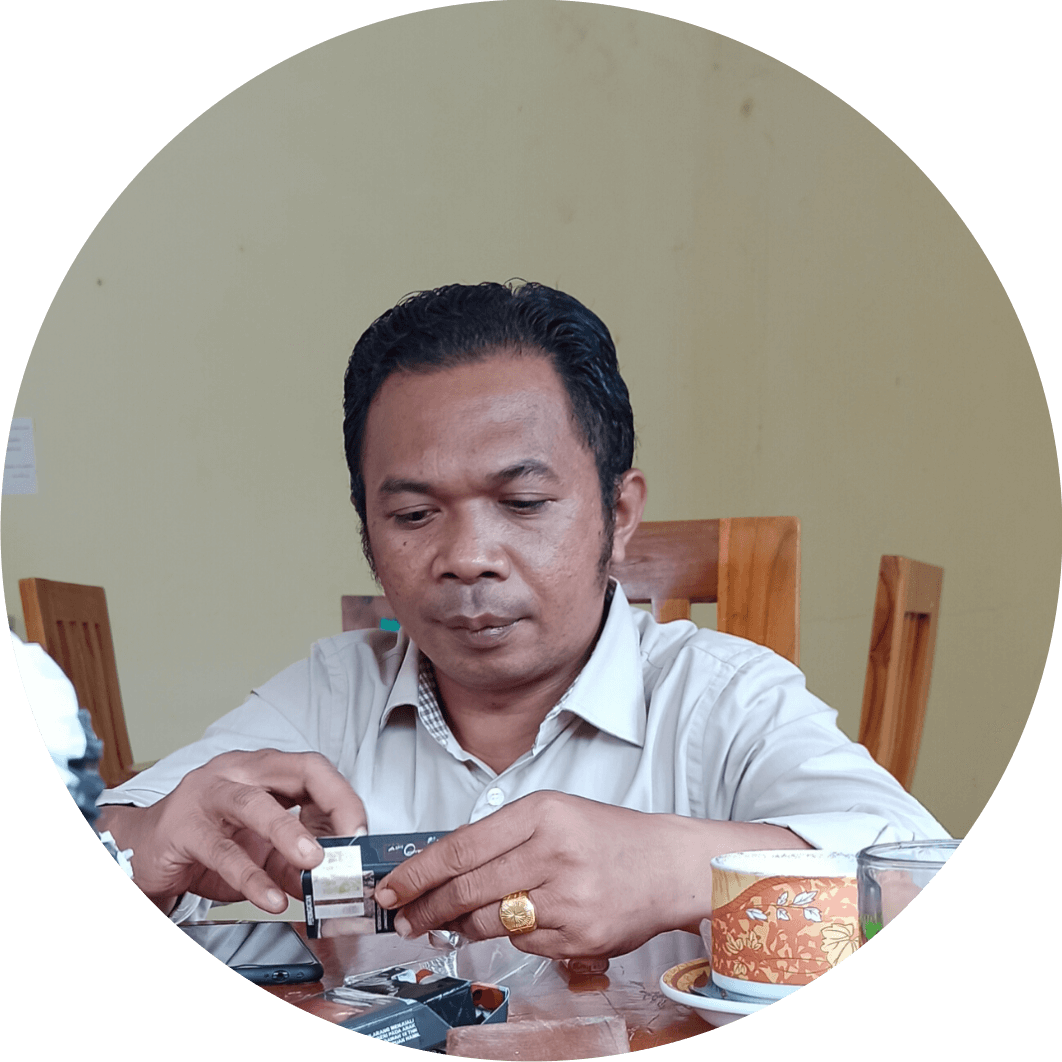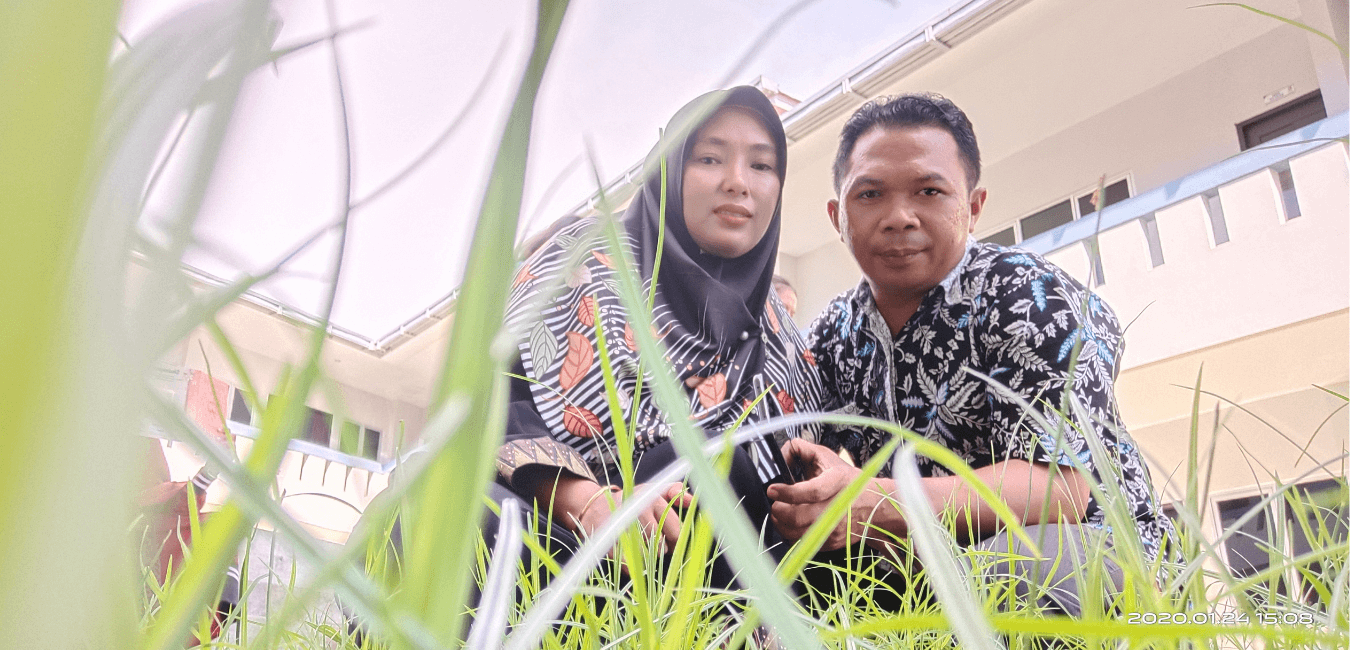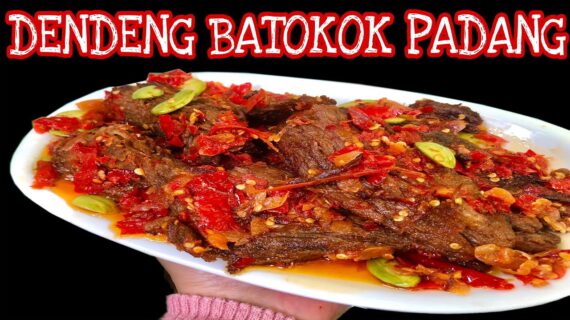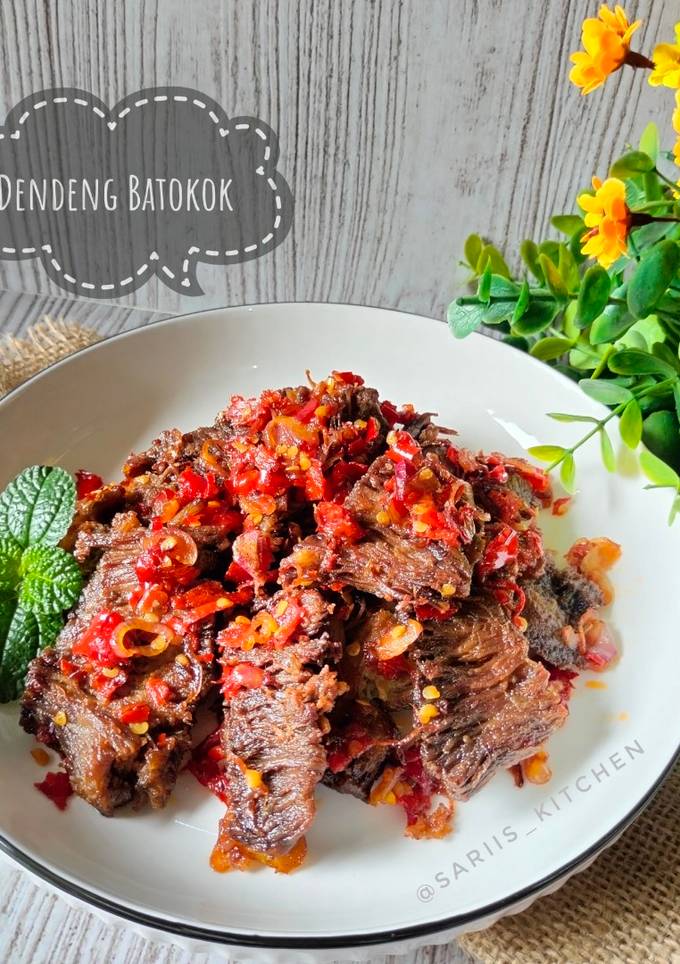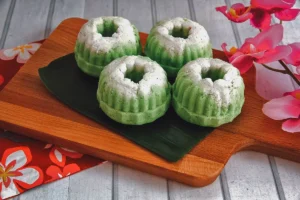Introduction to Dendeng Batokok
Dendeng batokok is a traditional dish originating from West Sumatra, Indonesia. Known for its unique preparation method and bold flavor, this spicy delicacy has become a staple in Minangkabau cuisine. The dish is made from thinly sliced beef that is pounded with a stone mortar (cobek) to make it tender and allow the spices to penetrate deeply. What sets dendeng batokok apart is the addition of coarsely crushed green chilies, which give it a distinctive heat and aroma.
This article explores the origins, ingredients, and preparation methods of dendeng batokok, as well as its cultural significance and how it has evolved over time. Whether you’re a food enthusiast or a curious traveler, understanding the essence of this dish can enhance your appreciation for Indonesian culinary traditions.
The Origins and Cultural Significance
Dendeng batokok traces its roots back to Bukittinggi, a city in West Sumatra known for its rich cultural heritage. The name “batokok” comes from the Minangkabau word for “pounding,” referring to the technique used to prepare the meat. Traditionally, the beef is cut into thin, wide slices and then pounded with a cobek, a stone mortar commonly used in local kitchens. This process not only makes the meat more tender but also helps the spices absorb more effectively.
The dish is deeply embedded in the culture of the Minangkabau people, who are known for their love of strong flavors and hearty meals. Dendeng batokok is often served alongside steamed rice, making it a popular choice for family gatherings and special occasions. Its popularity has spread beyond West Sumatra, with many restaurants across Indonesia offering their own versions of the dish.
Key Ingredients and Their Roles
The primary ingredient in dendeng batokok is beef, typically sourced from the hindquarters or sirloin cuts, which are known for their tenderness. The meat is first thinly sliced and then pounded with a cobek to break down the fibers. This step is crucial for achieving the desired texture.
Another essential component is the use of petai (also known as parkia speciosa), a type of legume that adds a unique, nutty flavor to the dish. Petai is often included in the recipe to complement the spiciness of the chilies. It is usually added during the cooking process, allowing its flavor to meld with the other ingredients.
The spices used in dendeng batokok include green chilies, garlic, shallots, and a variety of herbs such as lemongrass and galangal. These ingredients are ground together to create a paste that is then mixed with the meat before it is cooked.
Cooking Techniques and Preparation Methods
There are several techniques to ensure the beef becomes tender and flavorful. One common method is to marinate the meat with tamarind and salt before cooking. This helps to soften the meat and enhance its taste. Another approach is to use a pressure cooker, which reduces cooking time while still achieving a tender result.
Pounding the meat with a cobek is another critical step in the preparation process. This technique not only makes the meat more pliable but also allows the spices to penetrate deeper. Some chefs also recommend using papaya leaves, which contain an enzyme called papain that helps break down the proteins in the meat, making it even more tender.
Once the meat is prepared, it is usually fried or grilled to achieve a crispy texture. The final step involves mixing the cooked meat with the chili paste and other seasonings, creating a dish that is both spicy and savory.
Variations and Modern Adaptations
While the traditional recipe for dendeng batokok remains popular, there are many modern variations that have emerged. Some chefs incorporate additional ingredients such as tomatoes, vinegar, and soy sauce to add more depth to the flavor. Others may use different types of chilies, depending on regional preferences.
In recent years, dendeng batokok has gained international recognition, with some restaurants in Southeast Asia offering their own interpretations of the dish. This has led to a fusion of flavors, blending traditional Minangkabau techniques with global culinary influences.
Conclusion
Dendeng batokok is more than just a dish; it is a symbol of the rich cultural heritage of West Sumatra. Its unique preparation method, bold flavors, and historical significance make it a must-try for anyone visiting the region. Whether enjoyed at a local market or in a fine dining setting, dendeng batokok continues to captivate the taste buds of food lovers around the world.
